In this article, we will break down seven off-grid communication options while detailing their advantages and disadvantages.
We looked at key aspects of off-grid communication. Specifically, range, durability, reliability, and intuitiveness. Each of these factors is essential to ensuring the overall value of a communication method.
With the hubbub of the modern world being more overwhelming than ever, it’s an increasingly attractive option to go off-grid–disconnecting from networked communications and living a more secluded lifestyle.
While it might seem that going off-grid entails cutting yourself off from the world, that isn’t the case. On the contrary, plenty off-grid communication methods are quite effective. What’s more, they could save your skin if you’re in a tough spot.
Seven Off-Grid Communications Methods
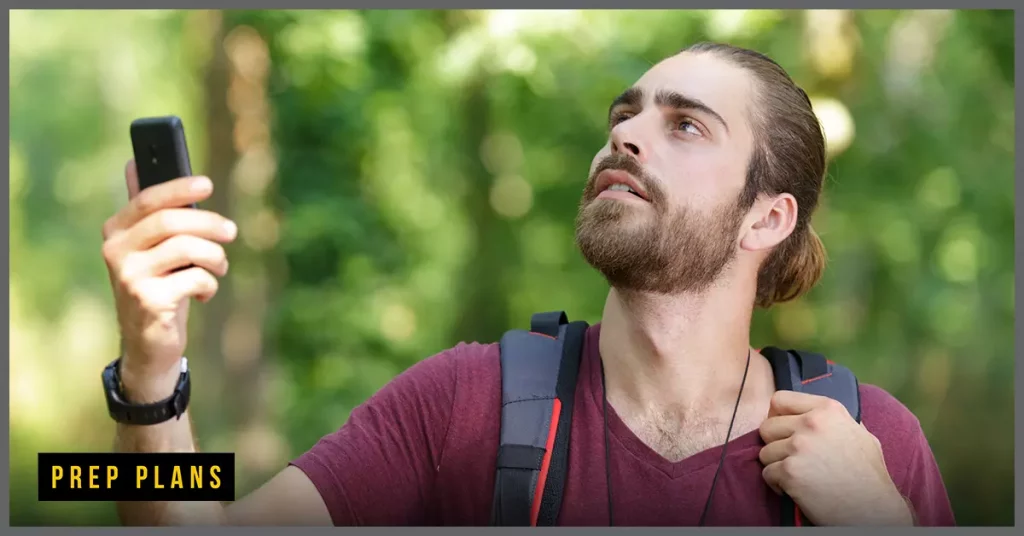
Each method has its own advantages and disadvantages. What’s for sure is that choosing the right one can be a potential lifesaver.
- Ham radios
- Walkie-talkie
- Satellite phones
- Visual signals
- GPS beacon
- Prepaid phone
- Self-sufficient mesh network
1. Ham Radio
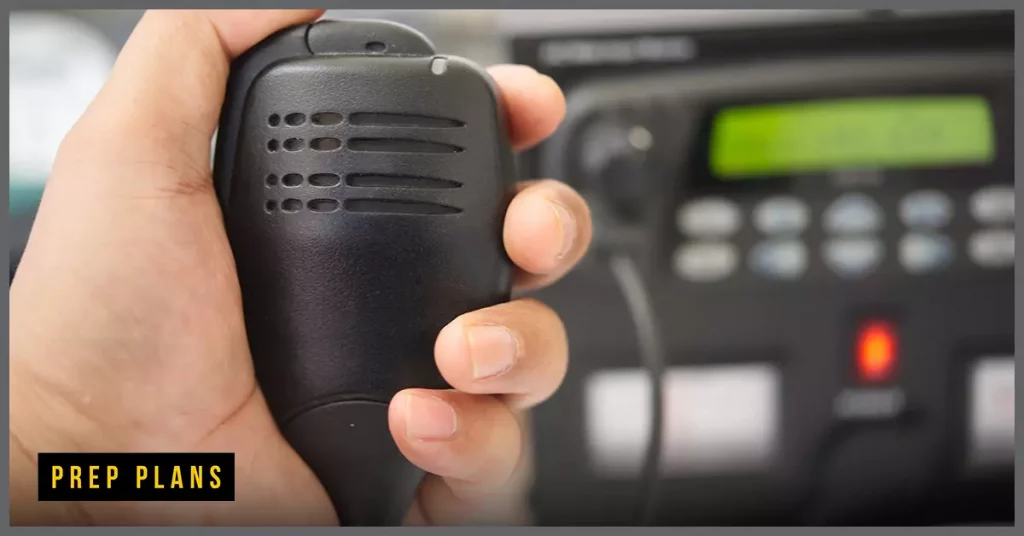
Ham radio is a catch-all term for amateur or non-professional radio. The ham radio boasts two advantages compared to other off-grid communication devices. First, ham radio equipment is typically inexpensive.
Second, ham radio is one of the most highly dependable off grid communication methods. As long as there’s a proper power source, they don’t (necessarily) require complex tools since they transmit on electromagnetic radio waves. As a result, a ham radio can send emergency broadcasts between four and 19 miles away. This makes them great for off-grid communication.
One of the downsides of ham radio, as an off-grid communication method, is that you do need a license with the Federal Communications Commission to operate on ham frequencies.
Additionally, the ham radio only works as an emergency method if someone can receive it. If you aren’t within 19 miles of someone who can receive ham radio waves, your emergency broadcast won’t do much good.
2. Walkie-Talkie
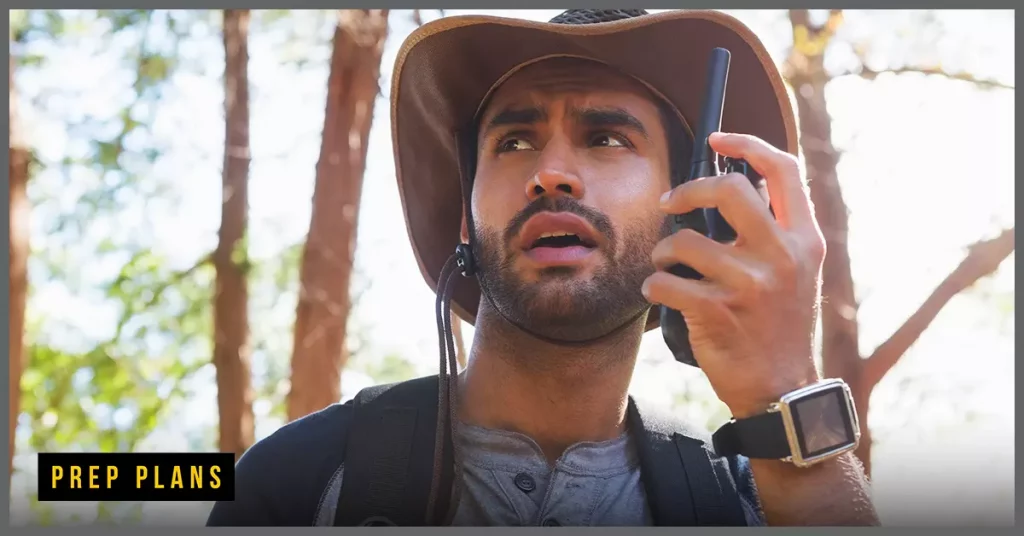
Walkie-talkies are essentially a miniature personal radio service that can send messages out on multiple channels.
One of the chief advantages of using walkie-talkies for off-grid communication is that they are dependable and durable. If a walkie-talkie isn’t damaged, it’s a great way of getting in touch with someone–and since good walkie-talkies can take a beating, they’re good to have on hand in emergencies.
However, keep in mind the caveats. First, the walkie-talkie’s size means that its battery life won’t be very long; in most cases, reliable walkie-talkie batteries will die after about 15 hours. This means that you need to charge them up regularly or have a backup battery.
Second, as with ham radio, using a walkie-talkie requires that someone have a receiver to an open frequency. If this isn’t the case, they won’t be able to contact you. Finally, walkie-talkie broadcasts can become weaker due to natural features like mountains and forests.
3. Satellite Phone
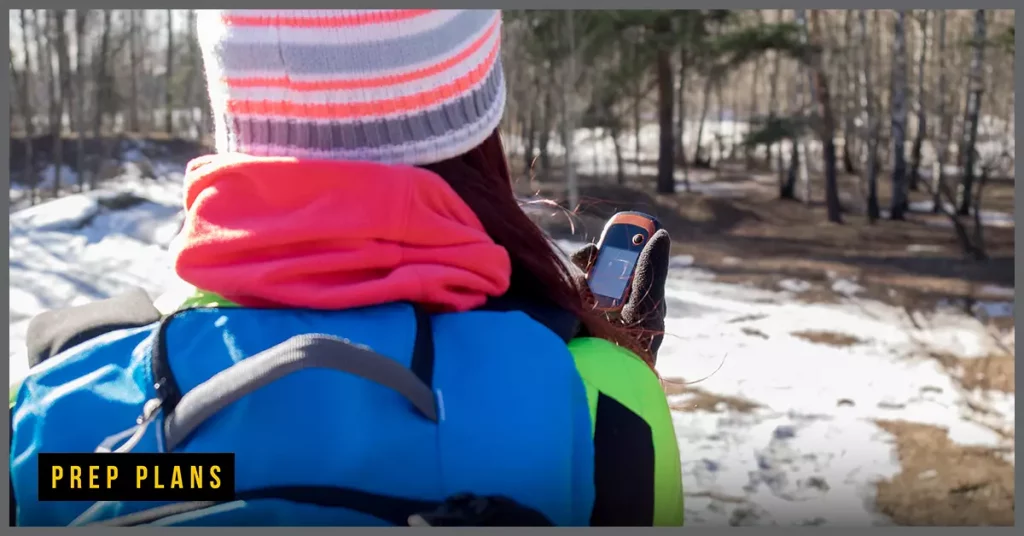
If you want a mobile device that’s stronger than a walkie-talkie but stays off-grid, try out a satellite phone. The common image of the satellite phone is a massive brick with a long antenna, but satellite phones are far more advanced off grid communication devices than that.
Satellite phones link up directly with orbiting satellites, circumventing the cell phone towers that most mobile phones require for use. As a result, satellite phones offer reliable instant communication via call or text message, and their mobile reception is so good that they aren’t inhibited by mountains or thick woods. Talk about a step up from regular cell service.
On top of that, high-end satellite phones (like those used by military personnel) boast durable designs and excellent battery lives. These can reach up to 30 hours! Notably, however, they aren’t able to function in extreme cold, making them poor communication devices for tundra trips.
Additionally, a satellite phone can cost hundreds or even thousands of dollars. If you’re looking for a satellite phone as one of your off-grid communication options, you’ll need to have your wallet at the ready.
4. Visual Signaling
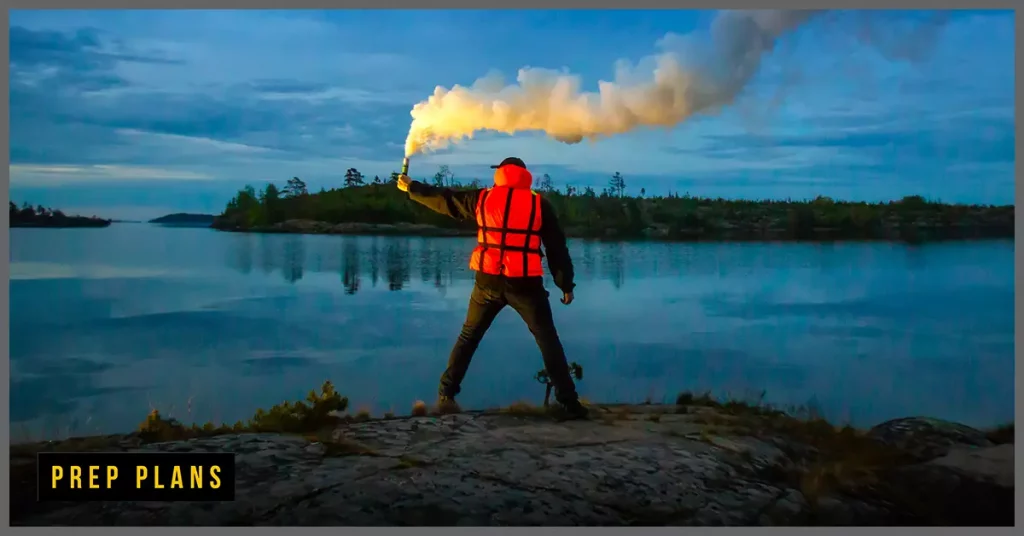
The category of visual signaling methods is broad, but it encompasses several tools that are excellent stopgap solutions and last resorts. These might include mirrors, flares, and smoke signals.
The advantage of these non-electronic devices is that they are often extraordinarily low-tech. They can be used in any situation that’s physically conducive to them, and they usually don’t require batteries or huge financial investments.
If you carry a basic light-based communication device like a pocket mirror, you can use it to signal to rescue crews traveling by air. Flares, meanwhile, can light up the sky for miles around with gleaming colored light. Smoke signals and fire signals are extremely old methods that can alert nearby people to human activity.
All these things require is some time to prepare and competency with skills like fire-starting and optics. But when you know how to use them, they are timeless off-grid communication tools.
The downside is their unreliability. You might not have enough light to use a mirror, enough visibility to use a flare, or enough dry materials to start a fire. What’s more, it’s all a gamble on nearby people being able to see you.
As a result, while visual signaling methods are a good option for last resort emergency communications, they should be just that—a last resort.
5. GPS Beacon
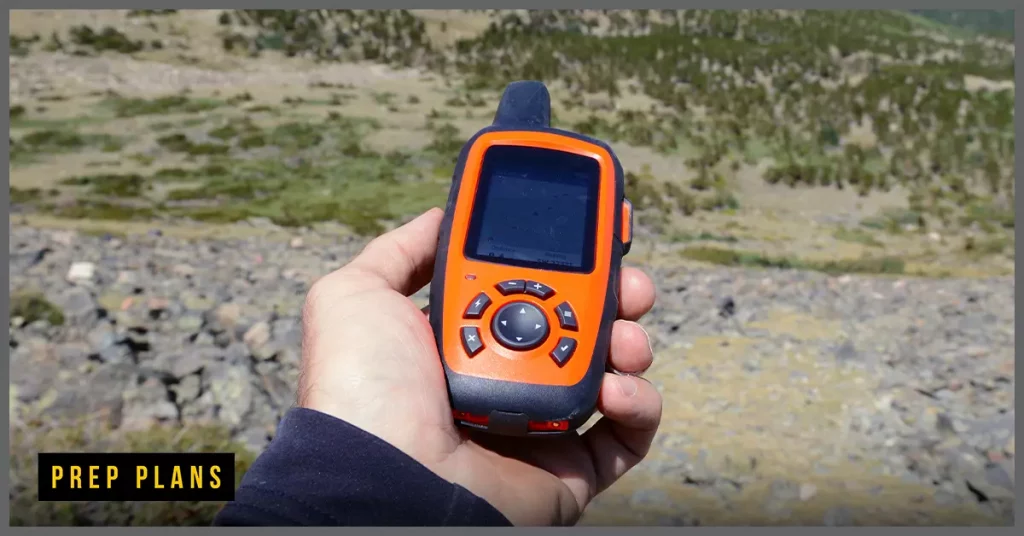
GPS beacons work much like satellite phones, albeit with fewer sophisticated modalities. Like satellite phones, GPS beacons connect with satellites and can broadcast your location.
Their barebones function is emergency location beacon activation, sending your position to the emergency services in case of a dangerous situation. They can also be programmed with other functions, depending on the model.
Some beacons, for example, will periodically send your GPS location to friends or family members. Others can be traced even while the device is on standby.
The extra benefit of a GPS beacon is its durability and longevity. Most beacons can withstand extreme cold temperatures, and some have a power supply of up to three months.
The downside, of course, is that it isn’t a completely off-grid communication technology, as it keeps you linked up with some communication infrastructure. That said, if you’re willing to compromise slightly, then a GPS beacon is a great choice when you need a failsafe off-grid communication option or want to send GPS locations.
6. Prepaid Phone

Prepaid cell phones, also called burner phones, have fallen out of fashion in the last several years. Still, prepaid cell phones are an excellent communication device for people looking to go off-grid.
These cell phones are small and sleek but don’t have all the networked features of smartphones or other smart devices. Usually, they send and receive text messages and calls–and that’s all. Nothing else. Completely off-grid.
If you’re tired of all the hassle of digital technology but want to keep a mobile phone on hand in case of emergencies, then a prepaid cell phone is your friend. Depending on your network coverage, it can make calls with similar reliability to a smartphone, and its small size makes it easy to access when necessary.
The downside is that prepaid phones only carry a limited number of minutes, so they really must be saved for emergencies. On top of that, they usually don’t connect to WiFi, meaning that location tracking services might be limited. Of course, that could be a benefit to those who want to be truly off-grid.
7. Self-Sufficient Mesh Network
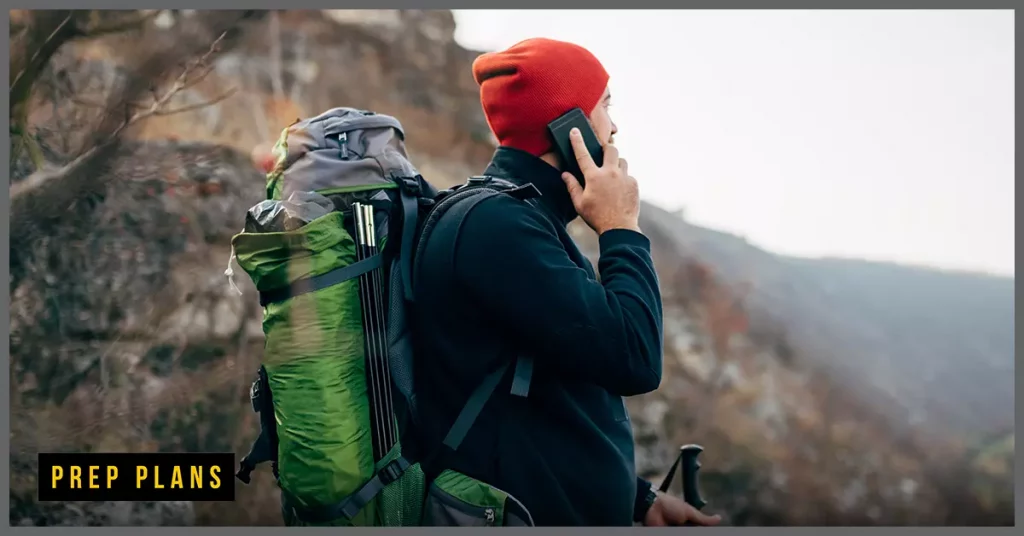
If you’re looking for an off-grid communication device that also lets you use a cell phone, try a mesh network.
This innovative technology allows users to set up an off-grid local network for sending and receiving calls, messages, and other instant communications with other users on the network. This means that even if you’re in a dead zone, you can activate a mesh network and send calls and text messages as normal.
The disadvantage with mesh network devices is the same as many other options on this list: you need other users. And since a mesh network only has a range of about four miles, there’s no guarantee that you’ll be in the vicinity of someone who can receive your call.
That said, if you know for certain that you’ll be in the range of other people, then a mesh network is a great off-grid communication method to stay in touch in case of an emergency.
Conclusion
As you can see, the world is your oyster when it comes to an off-grid communication device. Now, it’s up to you to weigh the pros and cons of these off-grid communication options—it might end up saving your life.




